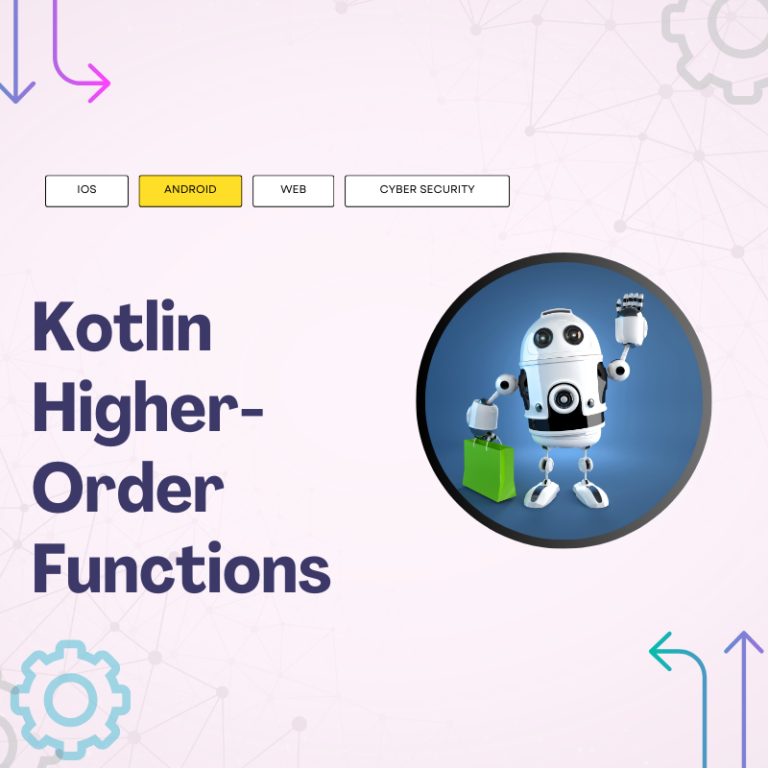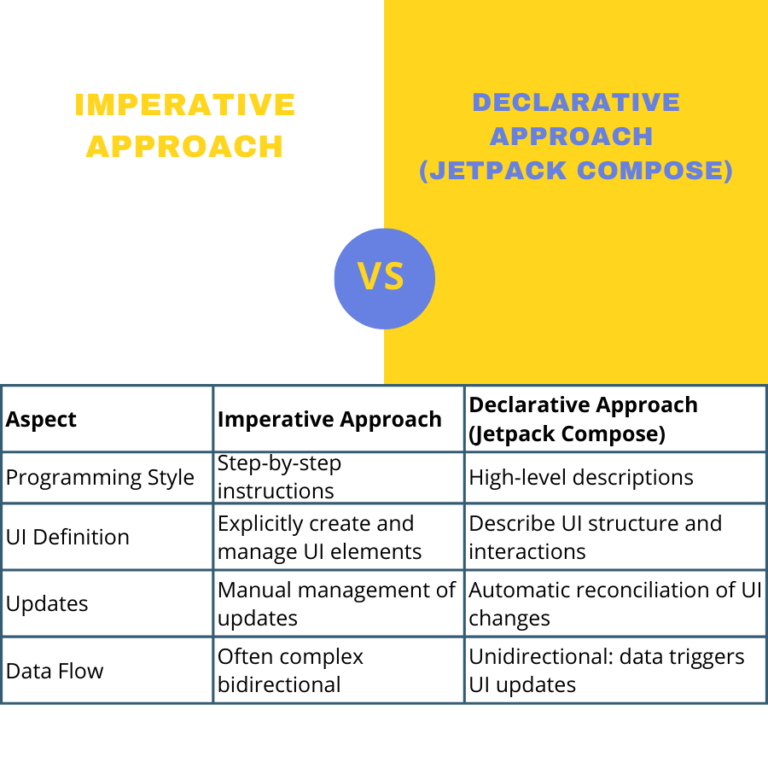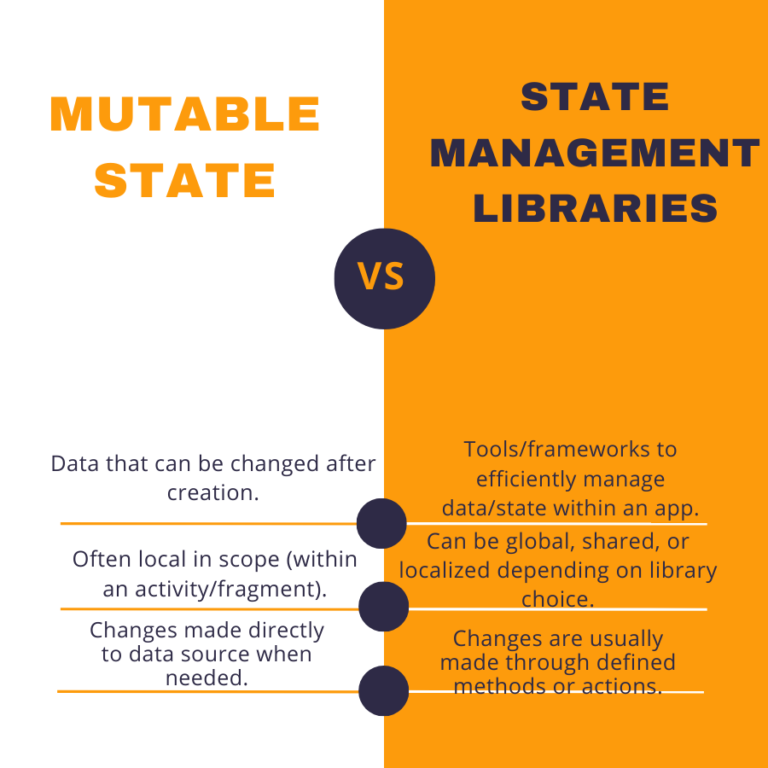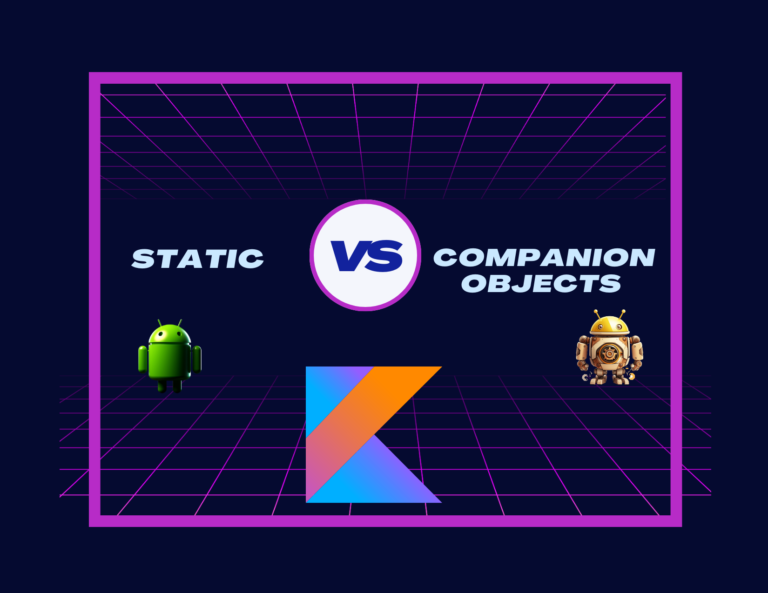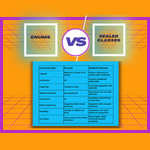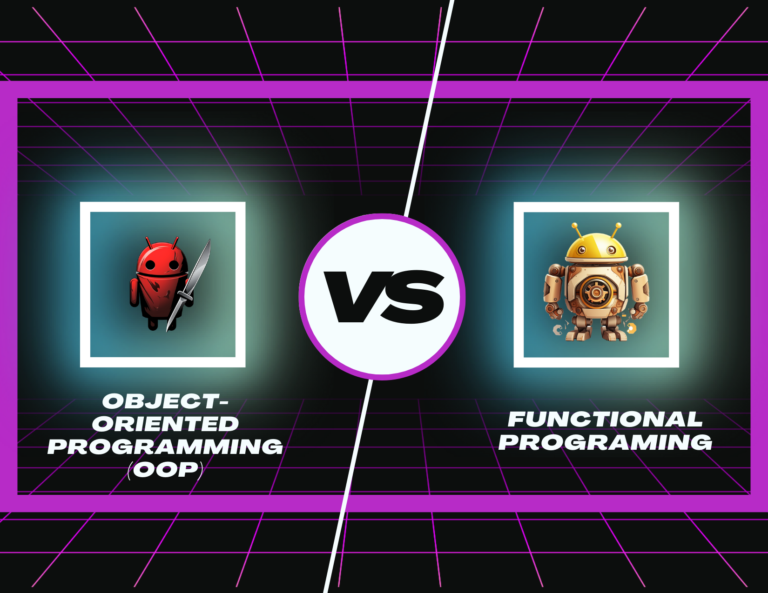Kotlin Extension Function with Best Practice
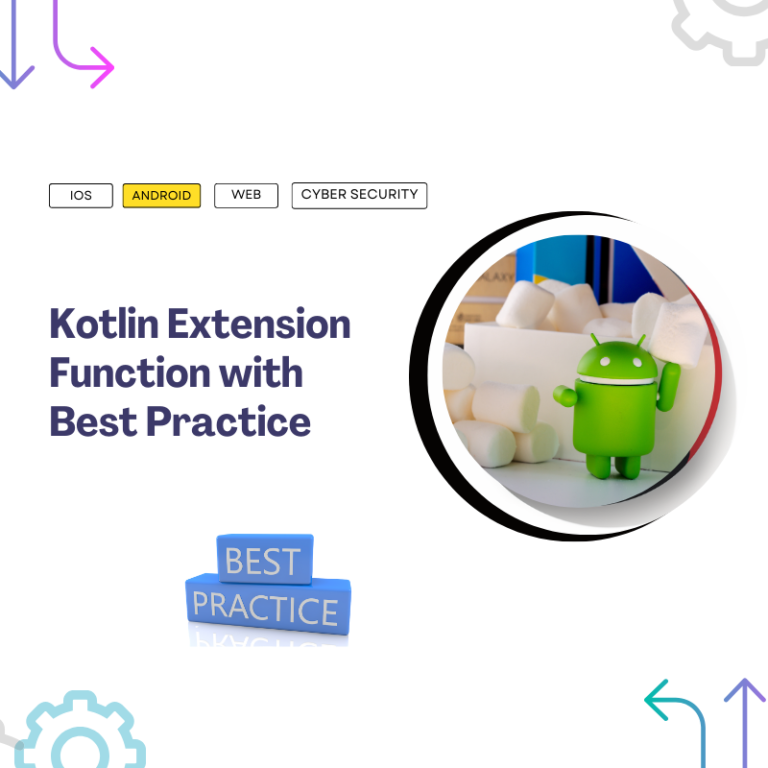
What are Kotlin extension functions? Extension functions in Kotlin are like adding superpowers to objects without changing the original object. Let me explain it in a simple way: Imagine you have a toy car, and it can do some cool…

